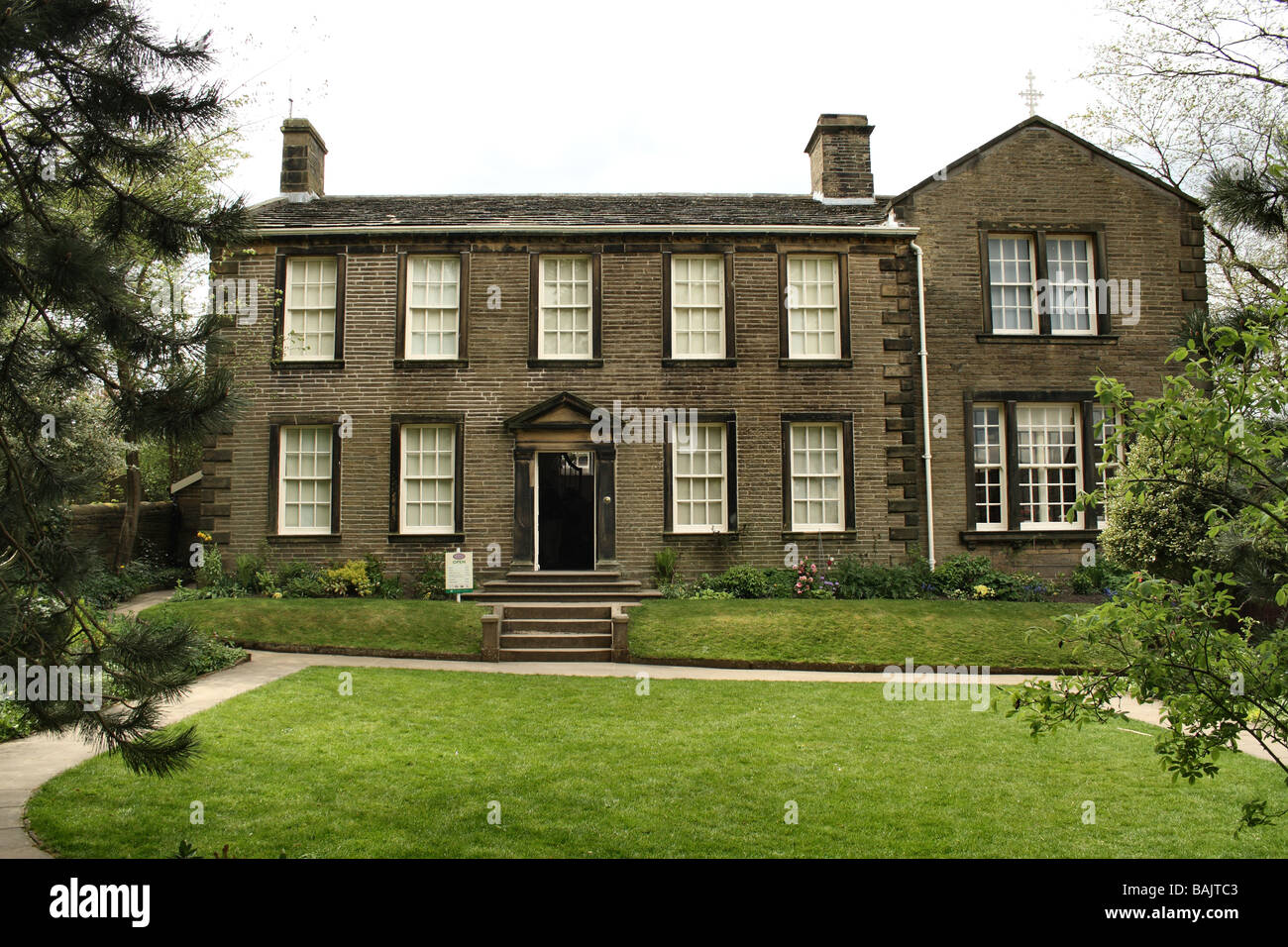

Separated by a century, both Brontë and Plath were poets who remain most famous for writing a single intensely autobiographical novel.


The only other author who has become the object of such an intense female pash in the last 200 years is Sylvia Plath, who happens to be buried less than 10 miles away from Haworth at Heptonstall. If you do spot a man in the mix, chances are that he has been shuffled off to the side, rather like Branwell Brontë, though hopefully without the urge to get drunk and set fire to himself. Likewise, nearly all Emily Brontë’s biographers and scholars over the past century have been women. Nearly all the activities mentioned in connection with the forthcoming anniversary of her birth on 30 July involve women as makers, demonstrators, celebrators and educators. That’s assuming, of course, that you are female. In short, wherever you come from and whoever you are, you will find an Emily Brontë who is sufficiently formless yet endlessly adaptive to whatever you need her to be – a rock, a song, a bird in flight. Finally, Kate Bush, from Kent, has been busy on the moors unveiling a stone. If that’s not enough, you can watch a video installation by Lily Cole, the model-turned-actor-turned-Cambridge-double-first from Devon, which riffs on Heathcliff’s origins as a Liverpool foundling. You’ll be able to listen to the Unthanks, the quavery Northumbrian folk music sisters who have composed music in celebration of Emily’s 200th anniversary. O ver this ecstatic high summer, visitors to the Haworth parsonage museum will be able to watch a film that simulates the bird’s-eye view of Emily Brontë’s pet hawk, Nero, as he swoops over the moors to Top Withens, the ruined farmhouse that is the putative model for Wuthering Heights.


 0 kommentar(er)
0 kommentar(er)
